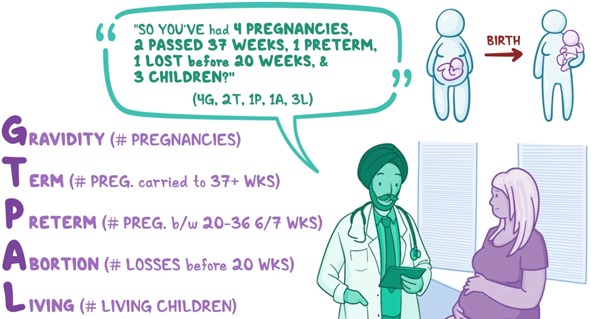Two weeks after cast application, a client with a fractured right arm returns to the clinic for evaluation. The client seems upset and tells the practical nurse (PN) that the healthcare provider said a callus has formed on the bone. Which action should the PN take?
Prepare to assist in applying a new cast to reduce pressure points.
Report the client's concern to the healthcare provider.
Explain this is an expected part of the bone healing process.
Teach the client strategies to prevent further calluses.
The Correct Answer is C
A callus is a normal response of the body during bone healing, where new bone tissue forms around the fracture site to provide stability and support. It helps in the process of bridging the fracture and promoting healing.
The PN can provide reassurance to the client by explaining that the presence of a callus indicates that the bone is healing and progressing toward recovery. It is important to educate the client about the expected timeline for bone healing and the need for continued follow-up with the healthcare provider.
Incorrect:
A. Prepare to assist in applying a new cast to reduce pressure points: This choice assumes that the client's concern is related to discomfort or pressure points caused by the current cast.
However, the client's concern is about the formation of a callus, which is a normal part of bone healing. There is no indication that a new cast is necessary at this point.
B. Report the client's concern to the healthcare provider: While it's important to address client concerns and communicate any changes in their condition to the healthcare provider, in this case, the formation of a callus is an expected part of the bone healing process. It is not necessary to report this concern to the healthcare provider as it is a normal occurrence.
D. Teach the client strategies to prevent further calluses: The formation of a callus in this context is a natural response of the body to promote bone healing. It is not necessary to teach the client strategies to prevent further calluses, as callus formation is a temporary and beneficial part of the healing process.
Nursing Test Bank
Naxlex Comprehensive Predictor Exams
Related Questions
Correct Answer is C
Explanation
When a preoperative client expresses fear and uncertainty about undergoing surgery, the priority action for the practical nurse (PN) is to notify the charge nurse of the client's concerns. This is important because the charge nurse can coordinate appropriate interventions and support for the client, ensuring their emotional well-being and addressing their fears.
Correct Answer is A
Explanation
TPAL stands for Term, Premature, Abortion, and Living children, and it is used to document a client's obstetrical history.
In this case, the client has had a total of 5 pregnancies:
- Two pregnancies resulted in full-term (term) births, so the Term value is 2.
- Three pregnancies resulted in miscarriages during the first trimester (abortion), so the Abortion value is 3.
- The client has two living children, so the Living value is 2.
- There is no mention of any premature births, so the Premature value is 0.
Therefore, the appropriate documentation for this client's TPAL is Term 2, Premature 0, Abortion 3, and Living 2.

Whether you are a student looking to ace your exams or a practicing nurse seeking to enhance your expertise , our nursing education contents will empower you with the confidence and competence to make a difference in the lives of patients and become a respected leader in the healthcare field.
Visit Naxlex, invest in your future and unlock endless possibilities with our unparalleled nursing education contents today
Report Wrong Answer on the Current Question
Do you disagree with the answer? If yes, what is your expected answer? Explain.
Kindly be descriptive with the issue you are facing.
